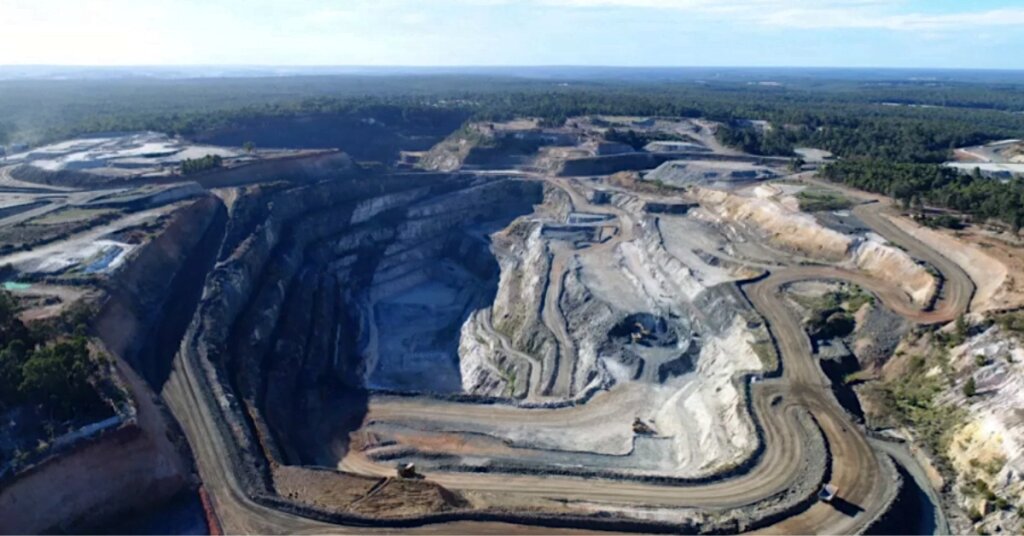Electric vehicles are hailed as the future of clean transport. Yet their key ingredient—lithium—can leave a heavy mark on the planet if mined the old way. As proponents of clean energy, we believe we must transform how we get lithium. Below we lay out tangible suggestions to make lithium mining truly sustainable.
1. Fixing Brine Extraction
Today, 70 percent of lithium comes from salt-flat brine ponds. These ponds use about 500 m³ of brine to make one tonne of lithium carbonate—and lose up to 65 percent of that water to evaporation in high-altitude deserts, according to the MIT Climate Portal. The ponds cover 1–2 km² per 10 kt of annual output and emit roughly 11 tonnes of CO₂ per tonne of lithium produced, largely from pumping and processing energy. To us, the solution is clear: scale up direct lithium extraction (DLE). DLE skips the ponds entirely. It recovers 70–90 percent of lithium in under 24 hours. It slashes water use to about 20 m³ per tonne—a 96 percent cut—and shrinks the land footprint by more than 99 percent.
2. Electrify Hard-Rock Mining
Hard-rock spodumene mining today emits about 37 tonnes of CO₂ per tonne of lithium, from diesel pits and 1,050 °C roasting steps, according to MIT. But a new electrochemical method developed at Penn State dissolves lithium at room temperature using an electric current and a small dose of hydrogen peroxide. That process cuts emissions by 75 percent and costs by 36 percent—while still recovering over 90 percent of the lithium. We see this as a breakthrough. By co-locating these electrochemical units at existing mines, producers can ditch the big furnaces and harsh acids. They simply increase the current to ramp up output.
3. Boosting Hard-Rock Efficiency
Even within traditional rock mines, small changes add up. Advanced grinding and flotation circuits have lifted lithium recovery from 50 percent to 70 percent. That cuts waste rock by about 30 percent. Early bioleaching tests—using special microbes to free lithium at room temperature—have shown 10–15 percent yield gains. And adding on-site solar or wind power can trim another 20–30 percent off electricity-related emissions. It’s so important that these upgrades form a part of every new mining permit, and potentially their project financing deal.
4. Closing the Loop with Recycling
Right now, only 5–10 percent of lithium gets recycled. But by 2035, used batteries in North America could yield 20–30 kt of lithium each year—that is 10–15 percent of expected demand, according to the Climate Adaptation Platform. Simple shredding recovers half the cathode materials with under 5 kWh of electricity per tonne. Wet-chemical (hydrometallurgical) processes can then lift lithium yields above 90 percent. We urge regulators to require at least 15 percent recycled lithium in every new EV battery by 2027—and to offer tax credits for recycling plants.
Conclusion
We must align technology, finance, and policy to meet nearly 1 Mt per year of lithium demand by 2030—without repeating old environmental mistakes. Mining companies must adopt new methods for cleaner mining processes and be fully backed, at times forced, by government policies to adopt such processes. Only then can electric vehicles deliver on their promise of a cleaner world—without hidden harms.
